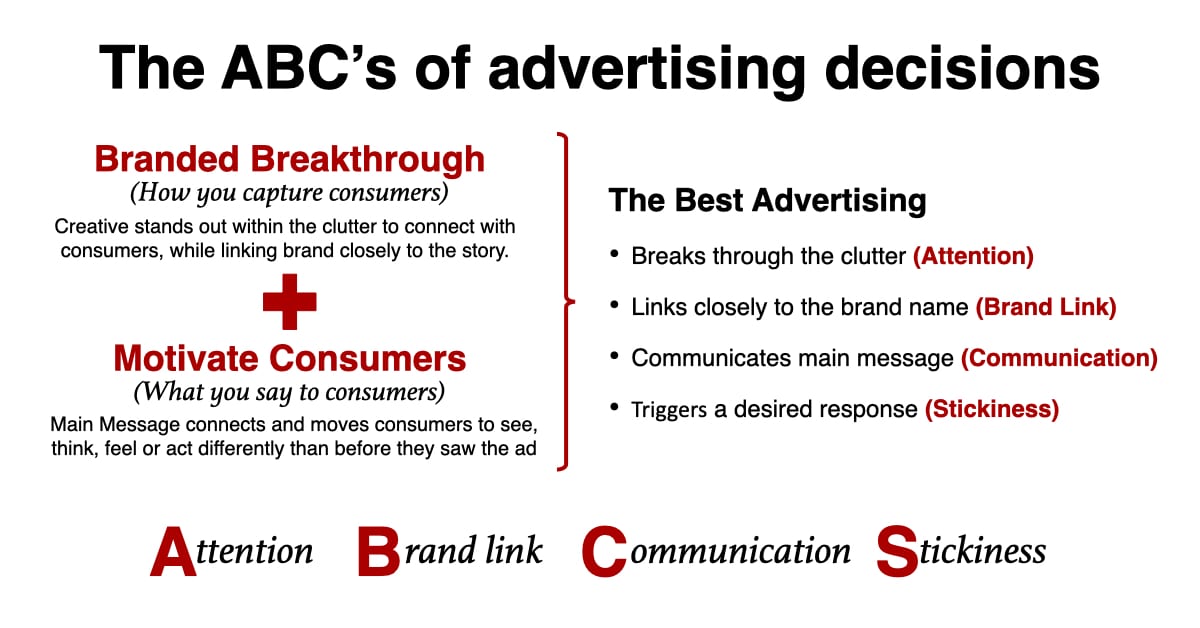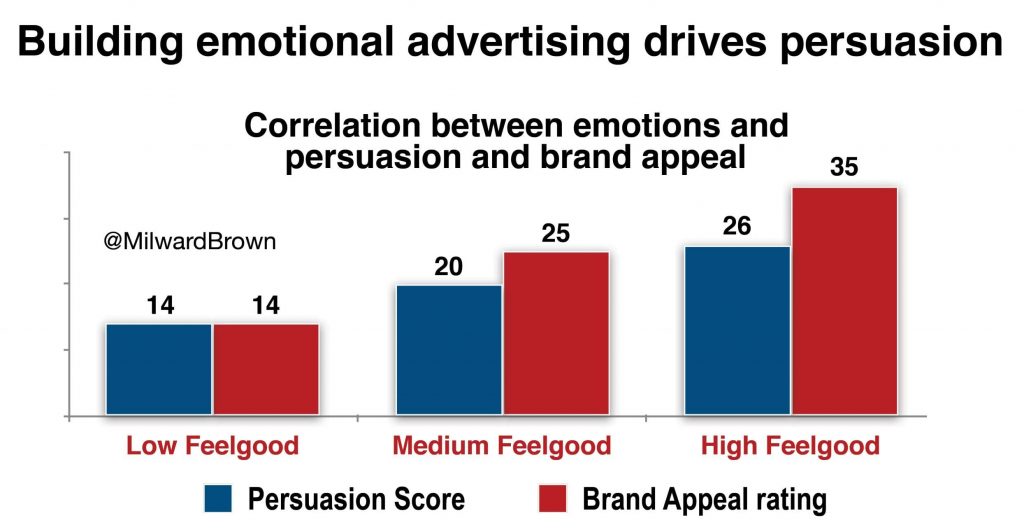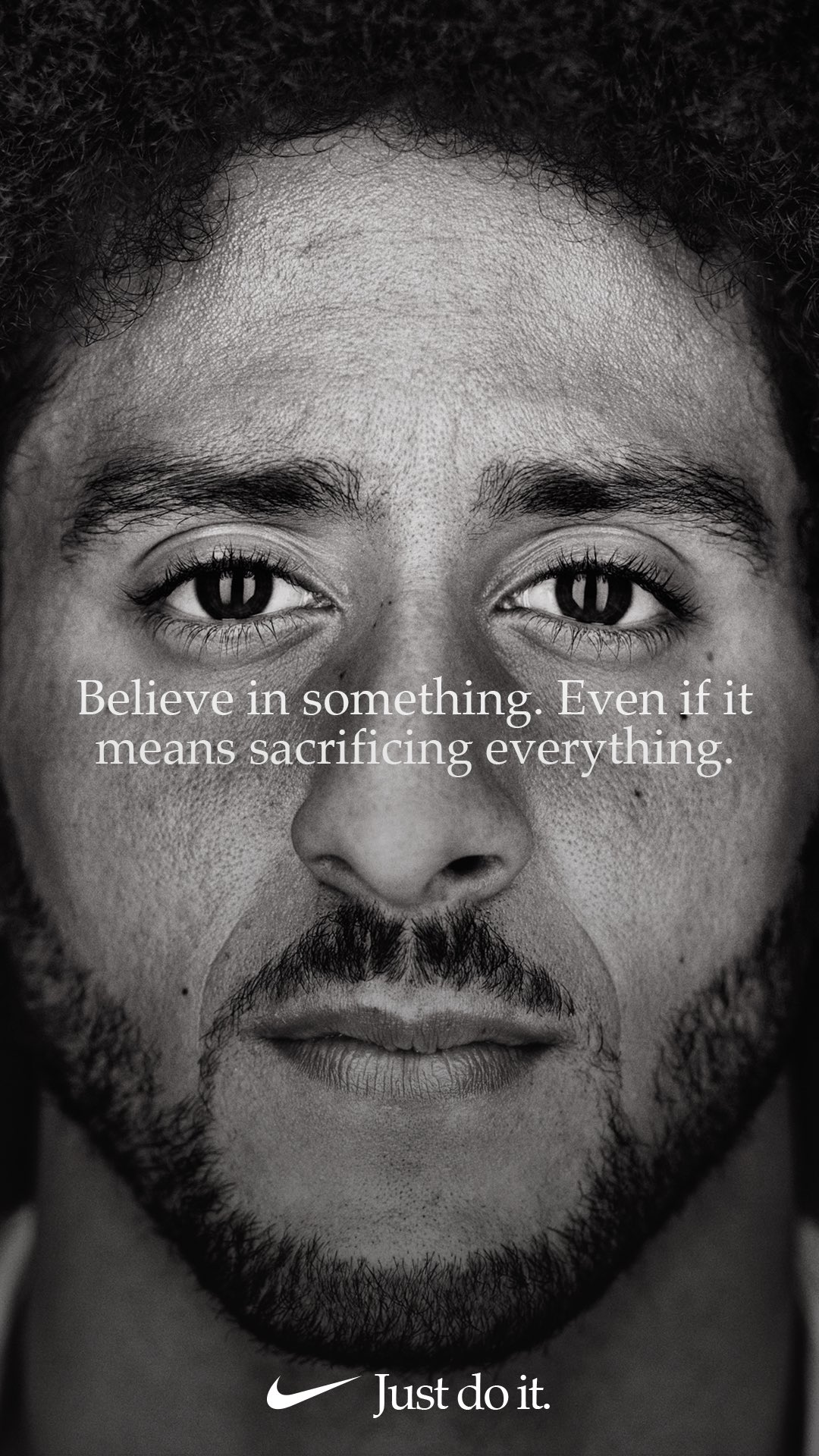Brains are funny, and so are we. We dare to get weird and express our feelings. As we learn more about the psychology of advertising, it’s clear that broadcasting those things tastefully is part of the evolution of the marketing industry. Are you brave enough to join us?
In this Article:
- In the Age of Ad Inundation
- Intelligent Marketing Matters
- To Hearts, Not Heads
- And Knowing When to Pivot
- For Example, Check Out these Successful Ads
- We Can Help You Uncover & Embrace Your Weird
In the Age of Ad Inundation
It’s been noted that advertisements throughout time (all the way back to 3000 CE ?) have helped shape the cultures and societies they touch. And as every superhero knows, with great power comes great responsibility. Giving thought to what we as marketing agencies put out in the world has consequences, both good and bad, both long term and short. And that matters more today than it ever has before.
Chances are even if you’ve never been to another country or even are unfamiliar with any foreign films or shows, you still have seen a commercial or two that was produced by foreign companies or originally debuted overseas. (“My goodness, my Guinness!” out of Ireland for the working man, anyone? No? What about Volkswagen’s playful “Think Small” from Germany in response to folks desiring more modest cars in the 1950s?) This is especially true in modern times.
In the 1970’s, the daily exposure of people to ads started around 500 per day, tapping out at about 1,600. That is a LOT of ads. For the person who was awake 16 hours a day, that came out to an average of 1.3 ads per minute. With the rise of the internet, that number hit about 5,000 a day in 2007. And today? Shew. Ha. A mere 15 years later, that number has skyrocketed to 6,000-10,000 a day. ? Or, in a 16-hour day, 8.3 each minute. And these are pre-pandemic numbers. Thanks, social media. Anyone got some eye drops?
And although the numbers are lower for kids, children and young adults growing up today are inundated more than any other upcoming generations. On average, children see 20,000 thirty-second commercials each year, and the results without proper balance, parental involvement, or mindful messaging is detrimental to their individual wellbeing, self esteem, habits and ideals and skews their social and mental development. TV, YouTube, apps, radio, billboards, magazines, movies, the internet, online games, messaging services, social media – the technological kiddo stands exposed to all commercials, both good and bad.
So, choose to be part of the solution. Mass advertising isn’t going to go away anytime soon, so for the good of ourselves, our companies, and future generations, focusing on developing socially conscious advertisements that stand out and don’t get lost in the shuffle is a ticket to the top.
BACK TO TOP
Intelligent Marketing Matters
So what makes your ad socially responsible, in-tune, and have that attractive pop?
Starting off from a place of genuinity is non-negotiable for a solid campaign. If you produce cigarettes, doing a lung cancer awareness spot may seem like a confused mix of signals, or worse, callous or thoughtless. If it’s a message that isn’t in alignment with your brand, there’s a million other options out there. Brand alignment is the key to great marketing–and what that means depends on what your brand represents.
Remember the “New Coke” that came out in 1985? (Yeah, me neither. It’s okay.) Although it performed better on taste-testing focus groups than the original, when launched, sales dipped down so drastically that Coke brought back “Coca-cola Classic” to recover only 3 months later. Why was this, if New Coke (discontinued in 2002) tasted better than Classic? It boiled down to the fact that taste wasn’t the only driving factor for buyers–consumers also value and have purchasing habits based on habit, loyalty, and nostalgia for certain staples.
Morgan Housel, a partner at venture capital firm Collaborative Fund and author of the book The Psychology of Money lays it out:
“Branding is more powerful than ever today because consumer options have proliferated. There used to be three news channels. Now there are millions of blogs. The grocery store used to stock five types of toothpaste. Now Amazon offers 87,268.”
If advertisers want their brand to stand apart from the innumerable other options out there today, ensuring brand alignment matches across what they’ve established themselves as and matches customer expectations. Marketers can start where every kid does, and that’s with their ABC’S.
The ABCs of Advertising Decisions
 (Source, Beloved Brands)
(Source, Beloved Brands)
A for Attention. Your brand can stand out if they rarely change the tone or appearance, making it a “friendly face” in the crowd. OR, opposingly, changing certain elements while keeping the core the same. (Like I can say Dunkin’, and you know I’m talking mouth-watering fried breads and fancy coffee without saying “Donuts” afterward, a part of their name they removed just this year–so far, quite successfully.)
B for Brand Link. We touched on this earlier; a brand link is not simply putting your brand on an ad, but rather chasing the right kind of engagement with your brand through thoughtful placement and correlation of values and sense with the stories brands tell. This includes partners brands pair with.
C for Communication. When working with the creative, it’s important to not lose sight of the intended message. Creative messaging goes a looong way when tied solidly to your campaign, but it can lose your ad’s viewers if it is obscured, leaving customers scratching their heads, or heaven forbid, enraged (like when Bloomingdale’s thought promoting drink spiking was a clever marketing plan).
S for Stickiness. Who here still sings that jingle you heard when you were a kid? Still hears the Meow Mix song start going off in your head every time you see their products? See a shirtless guy riding a horse on TV and KNOW it’s gunna be an Old Spice deodorant masterpiece? Figuring out what sticks, even if it can be considered annoying (looking at you, Meow Mix), means it’s remembered.
BACK TO TOP
To Hearts, Not Heads
Shopping online? Ads pop-up and block your cart so that you have to interact and hit that “x” to check out. Using a photo editing app? Banner ads creep in below your pictures. Driving to work? Radio commercials and billboards give you something to think about on your commute. Playing a free online game? Watch this 30-second commercial to move to the next level! ? With exposure to advertising absolutely everywhere, how do you make sure your ad doesn’t get lost in the din?
 (Source, Beloved Brands)
(Source, Beloved Brands)
One way: give your potential customers all the feels. People are less likely to engage with something that is logically appealing the first time around than they are to go for something that touches their humanness and stirs something within them. Consumers are persuaded by emotions, especially the warm, fuzzy kind. You know, positive psychology.
Okay, so feeling ranks higher than thinking for customer follow-through. Based on advertising campaign performance, only 16% of ads that center on rational presentation find successful revenue and interest while ads with emotional pull almost double that at 31%. While all kinds of feelings tend to create more response and investment, ads that incite pride, love, achievement, man’s empathy, friendships, loneliness or memories perform best.
However, this doesn’t mean that we should toss out rationality altogether, for that can be an important component as well–depending on what you’re selling. If it is a practical product, showing its relevance and why a buyer may need this gadget in their life despite going their whole lives without it still has its place. You can still make the ad likable, which in turn triggers goodfeel without sacrificing too much for the sake of emotional directing. Likeability is the top predictor measuring if an advert will see ROI for brand sales.
Since emotional response rather than the actual content of an ad influences consumer buying intent, producing content that inspires as well as informs is all but guaranteed to increase revenue and customer acquisition/loyalty. Other things that inspire emotive responses include intentional color choices, offering genuine empathy, and sparkling creativity that ignites joy or brings happy surprise.
Including storytelling is also a meaningful way to engage viewers. As social creatures who have a long history of verbal and written tales and epics, our brains have been wired from some of our earliest ancestors to remember through narrative learning and investment. When appropriate, taking consumers for a scenic ride of ups and downs of emotions can make lasting impact that stretches beyond a single-tone emotional ad, like a frantic Capri-Sun collage or a depressing BC SPCA commercials with Sarah Mclachlan.
To learn more, refer to the infographic below created by the University of Southern California’s Master of Science in Applied Psychology Online Program:
BACK TO TOP
And Knowing When to Pivot
Don’t Try to Please Everyone
So we know emotional, authentic, creative etc. ads are the way to reel in the most fish.

As you stay true to your values, you need to be okay with not lowering to the lowest common factor for mass appeal.
For example, Nike took a risk when they featured an ad with Colin Kaepernik, a NFL player who famously took a knee during the national anthem in order to bring awareness to the social injustice of experiences many Black Americans face–a move that ultimately led to his expulsion from the League.
This controversial ad stirred up a lot of emotions both supporting and ostracizing the company’s choice. Some people chose to go so far as dramatically torching their Nike gear, but this turned out to be a small minority. In fact, this ad ranked high in likeability. Despite losing some customers, they also saw a 31% rise in online sales after running the ad–which, if you don’t know, is quite a significant percentage.
It’s Dandy to Get Your Weird On
Not every emotional response is logical, so why should your ad be so exclusively? Again, this depends on the product, brand, and purpose of your marketing. Not everyone “gets” abstract art, but when you stop worrying about what the h8ters and nay-sayers think, you get to focus on the fun part: those who embrace their weird and quirky side (or as the Mad Hatter says in Wonderland, “muchness”) and appreciate when companies do the same without force or pretense. ?
Utilizing “unhinged” marketing taps into an area of psychology that not a lot of brands are willing to risk, because of the high stakes and potential for failure. However, sometimes it’s not that your bait is bad–you simply may need to change ponds to attract the right kind of fish. The trend of polished and picture perfect ads has become stale. Sometimes, traction a brand can gain from the novelty of a little bit of chaos marketing may be worth the consideration.
BACK TO TOP
For Example, Check Out these Successful Ads
Feel Good Example
Google: Reunion
The first time I watched this ad, there were no subtitles, and I didn’t understand anything that was said beyond the English “Happy Birthday” at the end. However, it was long before that phrase that I was ugly-crying to the point where my cat looked at me in annoyance. (If he could roll his eyes, he would have then!) Words aren’t always necessary to elicit a strong response, especially when you connect to what binds us together: shared humanity and emotional experiences.
Good Weird Example
PooPourri: Girls Don’t Poop
This ad just may be the crowning achievement of those making weird and practical commercials. I mean, I’m convinced after watching it–also a bit giggly. This ad obviously works: after only 2 weeks on YouTube, it surpassed over 9 million views. Now, it boasts a whopping 44 million times played. At first watch, it may seem like The Onion has gotten into satirical ad making. Alas, no–it’s a real product that appeals to our inner immaturity and an important life lesson to not take ourselves too seriously. However, this smart approach with silliness makes talking about something taboo a whole lot less awkward. ?
BACK TO TOP
We Can Help You Uncover & Embrace Your Weird
At Fullmoon, weird is in our coffee and our Slack threads. We feel deeply, work passionately, and our eyes light up at the thought of odd, bold initiatives and ideas. We know that your business has complex problems, and our multi-faceted and full-of-muchness team thrives on complex solutions. We believe in functioning as a long-term partner, not a know-it-all contractor. In fact, we even believe you shouldn’t hire us. But, if you do, our process is built-to-suit your needs with digital solutions, weirdly or not so much–that bit is up to you.
What’s the hiccup you’re experiencing? Drop us a line–we’re here to help you hook your perfect catch.




